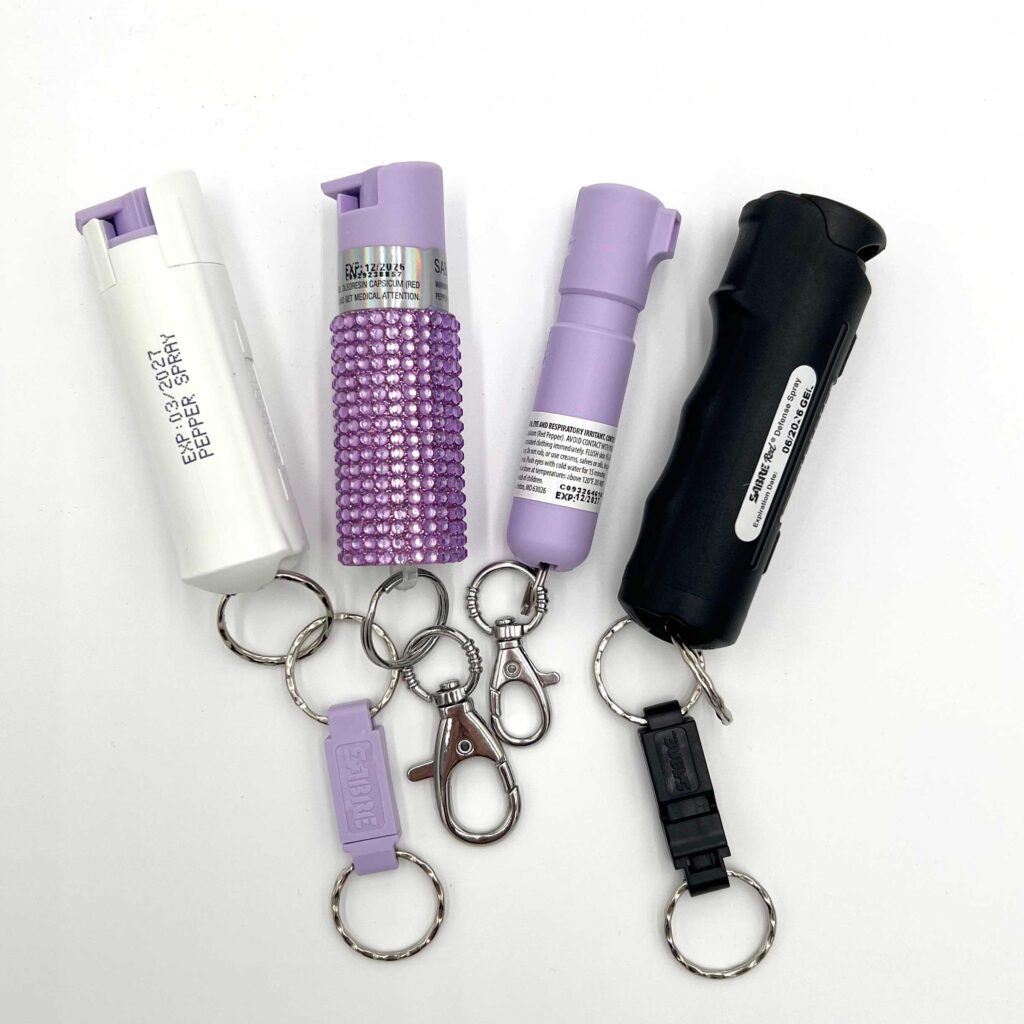Table of Contents
- Urgent Safety Risks Associated with Expired and Malfunctioning Sprays
- Identifying Signs of Spray Expiry and Malfunctions in Household and Industrial Settings
- Best Practices for Safe Disposal and Replacement of Outdated Spray Products
- Expert Recommendations to Ensure Continuous Protection and Compliance
- Final Thoughts
Urgent Safety Risks Associated with Expired and Malfunctioning Sprays
Using sprays past their expiration date or those exhibiting signs of malfunction poses significant hazards that extend beyond mere inefficacy. The chemical compounds within expired sprays can degrade, leading to unpredictable reactions when dispersed. This not only diminishes the product’s intended effect but can also result in the release of harmful byproducts. Malfunctioning sprays, especially those with clogged nozzles or damaged pressure mechanisms, may cause uneven distribution, accidental leaks, or sudden bursts, increasing the risk of exposure to toxic substances and fire hazards. Consumers must stay vigilant and inspect their spray products regularly to identify any signs of deterioration or mechanical failure.
- Respiratory complications: Inhalation of degraded chemicals can trigger asthma, allergies, and other respiratory issues.
- Skin and eye irritation: Leaks or unintended contact with faulty sprays heighten the risk of chemical burns and irritation.
- Environmental contamination: Improper disposal or accidental spillage can harm ecosystems and wildlife.
- Fire and explosion risks: Malfunctioning aerosol cans under pressure can ignite or explode, causing injury and property damage.
Identifying Signs of Spray Expiry and Malfunctions in Household and Industrial Settings
In both household and industrial environments, recognizing the warning signs of spray expiry or malfunction is crucial to maintaining safety and effectiveness. One of the most common indicators is a change in the spray’s performance, such as reduced pressure, inconsistent output, or clogging. Additionally, noticeable alterations in the spray’s smell, color, or texture can signal chemical degradation. Visual inspection often reveals rust, dents, or broken nozzles, all of which compromise the integrity of the container and its contents. Failure to address these issues promptly can lead to hazardous leaks, ineffective application, or even dangerous chemical reactions.
Workers and users should also be alert to the following signs to prevent accidents and ensure optimal use:
- Expired manufacturing dates prominently displayed on cans or labels.
- Swelling or bulging canisters indicating internal pressure build-up.
- Sticky residue near the nozzle, suggesting dried or expired ingredients.
- Inconsistent spray patterns or sputtering sound during use.
- Unusual odors or irritation upon exposure, signaling chemical instability.
Immediate replacement of sprays exhibiting these symptoms is an essential safety protocol, ensuring that both household users and industrial operators avoid the risks of diminished product performance or hazardous leaks.
Best Practices for Safe Disposal and Replacement of Outdated Spray Products
Properly disposing of outdated or malfunctioning spray products is paramount to ensuring both environmental safety and personal health. Start by consulting your local hazardous waste disposal guidelines, as many sprays contain chemicals that require special handling. Never discard these items in regular trash or pour their contents down the drain, as this can lead to contamination of water sources and soil. Instead, use designated collection centers or community hazardous waste events to surrender expired aerosols responsibly.
- Check product labels for specific disposal instructions and warnings.
- Release any remaining pressure in a well-ventilated area away from flames before disposal.
- Store sprays upright in a cool, dry place until they can be taken to disposal facilities.
- Replace sprays immediately upon expiration or if you notice signs of damage, leakage, or malfunction.
When it comes to replacement, prioritize products from reputable brands that comply with safety standards and certifications. Keep track of expiration dates by noting them on the product or setting electronic reminders. This proactive approach not only ensures optimal performance but also prevents accidental exposure to degraded chemicals, which can pose serious risks. Embracing these measures protects your home environment and contributes to overall public health efforts.
Expert Recommendations to Ensure Continuous Protection and Compliance
Maintaining an effective defense against health and environmental hazards requires vigilance and immediate action. Expert practitioners stress the critical importance of regular inspections to identify expired or malfunctioning sprays before they pose a risk. Routine audits, supported by comprehensive logging and tracking systems, enable organizations to pinpoint units that need replacement and avoid any lapses in protection. Failure to act promptly not only jeopardizes safety but also risks non-compliance with regulatory standards, potentially resulting in hefty fines or operational shutdowns.
To optimize continuous protection, specialists advise implementing the following best practices:
- Scheduled Replacement Programs: Automate reminders for periodic replacement aligned with product lifespan and usage frequency.
- Training and Awareness: Equip staff with the knowledge to identify signs of malfunction or expiration and empower immediate reporting.
- Professional Servicing: Partner with certified vendors for regular system checks, ensuring all sprays operate at optimal performance.
- Documentation and Compliance: Maintain meticulous records to demonstrate adherence to safety protocols during audits and inspections.
Final Thoughts
In conclusion, the timely replacement of expired or malfunctioning sprays is not merely a matter of maintenance but a critical safety and effectiveness imperative. Whether for health, sanitation, or pest control, using sprays past their expiration or in faulty condition can compromise results and pose serious risks. Stakeholders across industries and households alike are urged to conduct regular inspections and act promptly to ensure sprays are up to standard. Staying vigilant and proactive in this regard safeguards both users and the environments in which these products are applied.Check Our Other Blogs
- StunGun – Your Trusted Source for Stun Guns, Laws, and Self-Defense Tips
- PepperSprayLaws – Your Trusted Resource for Pepper Spray Information
- StunGunLaws – Your Trusted Guide to Stun Gun Legality and Safety




